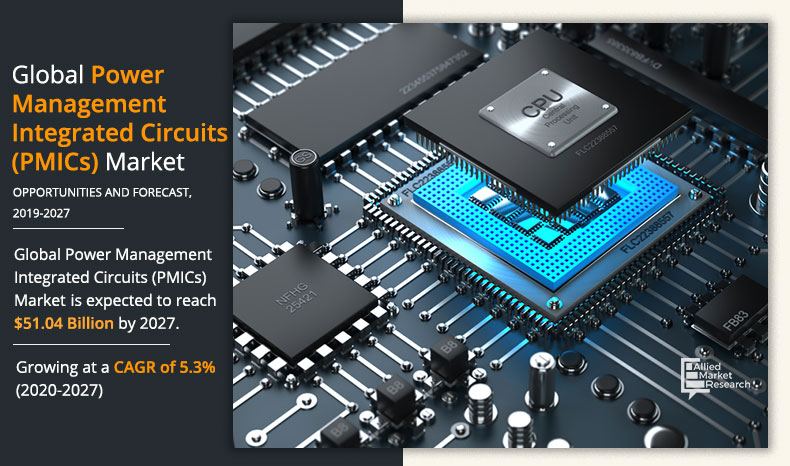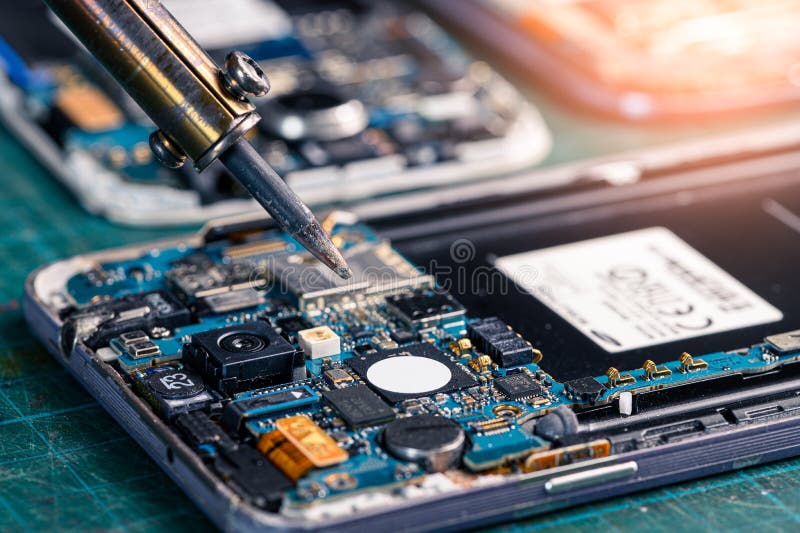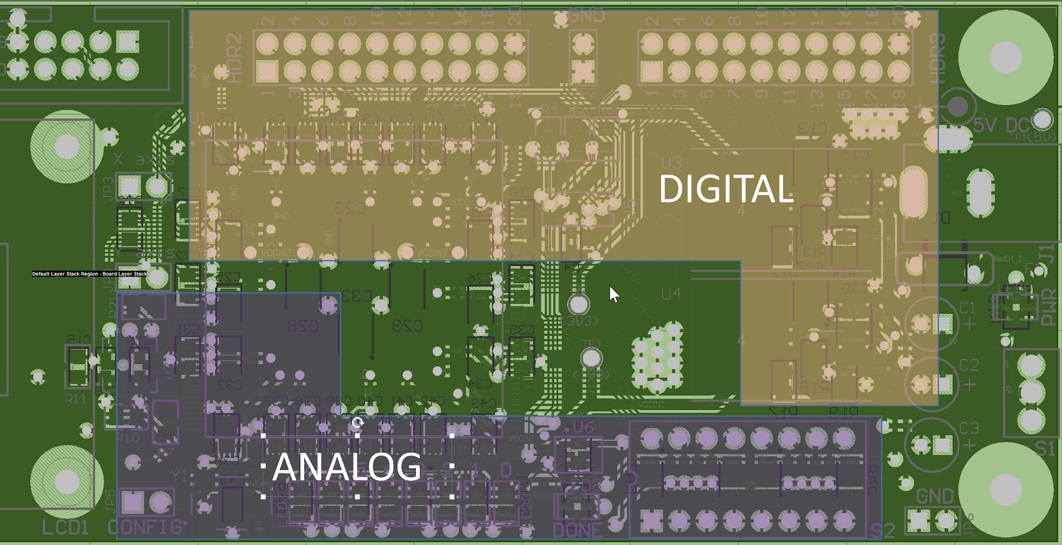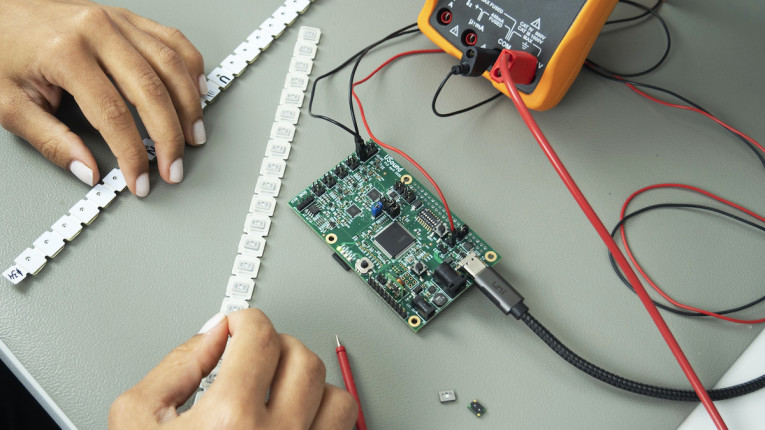Samsung vs iPhone: Camera Innovations in 2024
Cell phone cameras have become one of the most important selling points for modern devices, with Samsung and Apple consistently leading the charge. In 2024, the competition between these tech giants has escalated, showcasing innovative advancements aimed at redefining mobile photography. This article explores the camera technologies, features, and trends from both Samsung and iPhone devices, highlighting the key developments that set them apart.
The Significance of Camera Innovation in 2024
With the rise of social media, vlogging, and mobile photography, the demand for cutting-edge camera features has reached new heights. Consumers are looking for smartphones that combine ease of use, professional-grade features, and exceptional image quality. Both Samsung and Apple have recognized this trend, embedding advanced technologies like artificial intelligence (AI), computational photography, and innovative hardware designs into their flagship devices.
Samsung's Camera Developments in 2024
Samsung has built its reputation on pushing boundaries, especially in hardware. In 2024, its Galaxy S series and foldable devices have introduced several pivotal camera features:
1. Improved Zoom Capacities
Samsung continues to dominate in zoom technology, offering unparalleled flexibility. The Galaxy S24 Ultra, for instance, includes a 200 MP primary sensor alongside 10x optical zoom and 100x Space Zoom, giving users exceptional clarity even at extreme distances. This year, Samsung has also enhanced stabilization during zoom, reducing blur in high-magnification shots.
2. AI-Driven Photography
Artificial intelligence plays a central role in Samsung's 2024 cameras. The integration of advanced AI algorithms enhances scene detection, low-light performance, and portrait rendering. Features like Object Eraser, which removes unwanted elements from images, and AI Reframing, which adjusts composition post-shot, make photography more intuitive.
3. Low-Light Photography Improvements
Samsung's commitment to low-light photography is evident with the introduction of Nightography Pro. By combining multi-frame processing with larger sensors, the Galaxy series delivers amazingly clear and vibrant photos even in near-dark conditions.
4. Video Innovation
For video enthusiasts, Samsung has added 8K video recording at 60fps, ensuring smoother and sharper footage. The Director's View feature, which enables simultaneous recording from multiple lenses, has also been refined to offer more creative possibilities.
5. Foldable Cameras
Samsung's foldable devices, such as the Galaxy Z Fold 6, now feature under-display cameras for uninterrupted screen experiences. The rear camera setups on foldables have also been upgraded to match the quality of traditional flagship models.
iPhone's Camera Advancements in 2024
Apple, on the other hand, has continued to refine its iPhone camera system by emphasizing computational photography and seamless integration with its iOS ecosystem. The iPhone 16 Pro and Pro Max models showcase Apple's dedication to delivering high-quality, user-friendly experiences.
1. Photonic Engine Advancements
Apple's Photonic Engine, introduced in 2023, has been further enhanced in 2024. This technology leverages deep integration between hardware and software to optimize photos for color accuracy, detail, and texture. Whether capturing a sunset or a fast-moving subject, the Photonic Engine ensures exceptional results.
2. Action Mode 2.0
Apple's improved Action Mode is a game-changer for video stabilization. Whether you're running, cycling, or filming dynamic sports scenes, the iPhone now delivers cinema-grade stabilization.
3. Periscope Lens Debut
For the first time, Apple has incorporated a periscope lens in the iPhone 16 Pro Max, offering up to 6x optical zoom. While not as extensive as Samsung's zoom capabilities, Apple focuses on maintaining image quality across all zoom ranges.
4. ProRAW and ProRes Enhancements
Apple has expanded its support for ProRAW and ProRes formats, empowering professionals with greater control over their photography and videography. With USB-C integration, transferring large files is faster and more efficient than ever.
5. Low-Light Mastery
The iPhone excels in low-light scenarios, thanks to improvements in sensor-shift stabilization and a wider aperture in its main camera. Apple's computational photography algorithms work tirelessly to balance highlights and shadows, delivering natural-looking night photos.
Head-to-Head Comparison
Zoom Technology
Winner: Samsung
Samsung's 10x optical zoom and 100x Space Zoom outperform Apple's 6x optical zoom, providing greater flexibility for users who love capturing distant subjects.
Low-Light Performance
Winner: Tie
Both brands excel in low-light photography. Samsung's Nightography Pro and Apple's Photonic Engine deliver high-quality results, but their approaches cater to slightly different preferences.
Video Recording
Winner: Apple
While Samsung offers 8K recording, Apple's ProRes support and Action Mode provide a more polished and versatile experience for content creators.
AI and Computational Photography
Winner: Apple
Apple's seamless integration of AI and computational photography through the Photonic Engine edges out Samsung's AI advancements, delivering more natural and consistent results.
Ease of Use
Winner: Apple
Apple's straightforward camera interface, combined with its intuitive iOS ecosystem, makes it easier for users to capture great shots effortlessly.
Future Trends in Smartphone Cameras
Both Samsung and Apple are setting the stage for future innovations. As AI technology continues to evolve, expect more intelligent features like real-time editing, context-aware adjustments, and augmented reality (AR) photography tools. Additionally, hardware advancements, such as liquid lens technology and higher megapixel sensors, could redefine what’s possible in mobile photography.
Conclusion
The camera advancements from Samsung and Apple in 2024 highlight their shared commitment to pushing boundaries and satisfying the demands of modern photographers. While Samsung's hardware advancements appeal to those seeking versatility and cutting-edge features, Apple's computational photography and user-friendly design cater to a wide audience, from casual users to professionals.
Ultimately, the choice between Samsung and iPhone cameras will depend on individual preferences and priorities. Whether you prioritize extreme zoom capabilities or a seamless video experience, both brands have delivered remarkable tools for capturing the world in stunning detail.





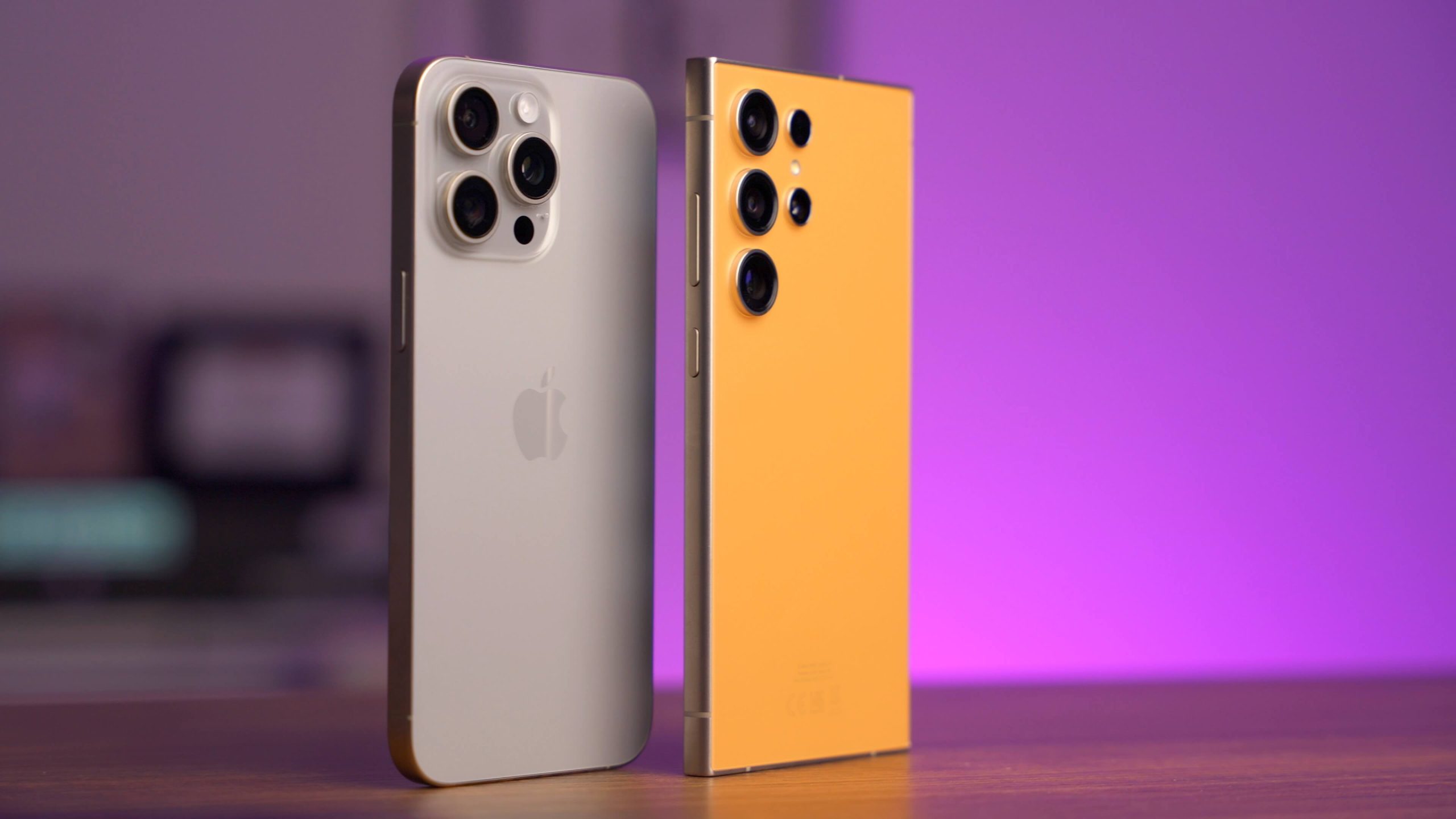
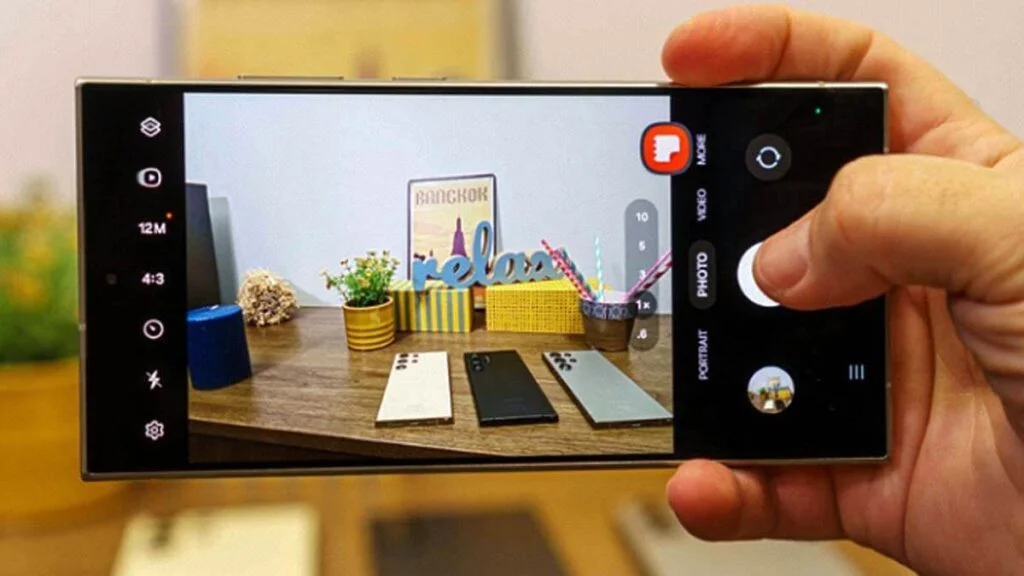

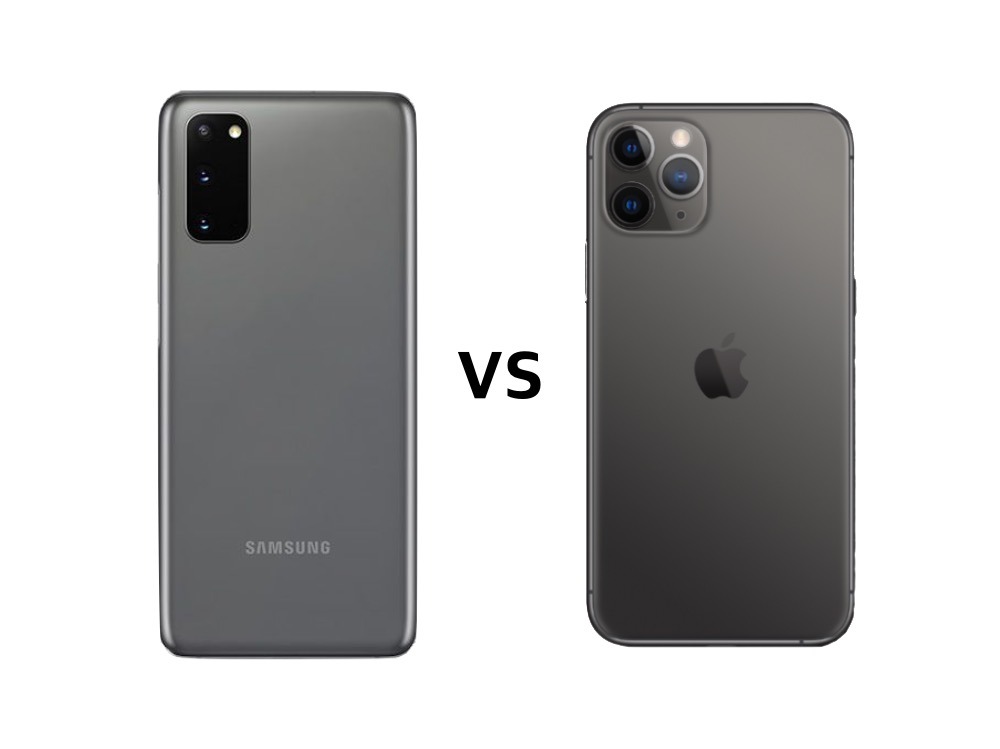
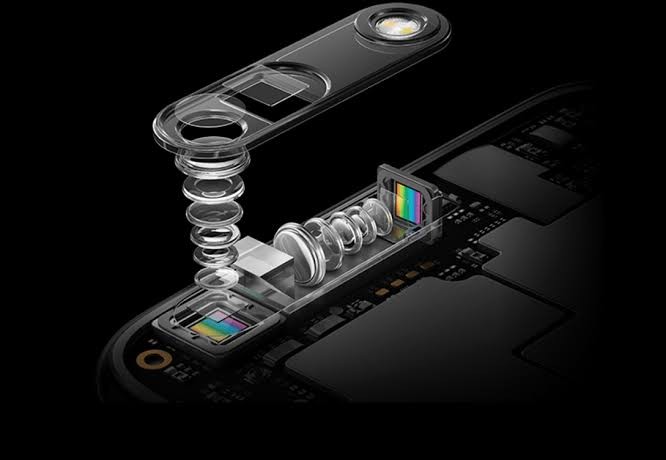


-Jul-15-2024-09-46-06-8780-AM.jpeg?length=1920&name=Artefact%202%20(4)-Jul-15-2024-09-46-06-8780-AM.jpeg)







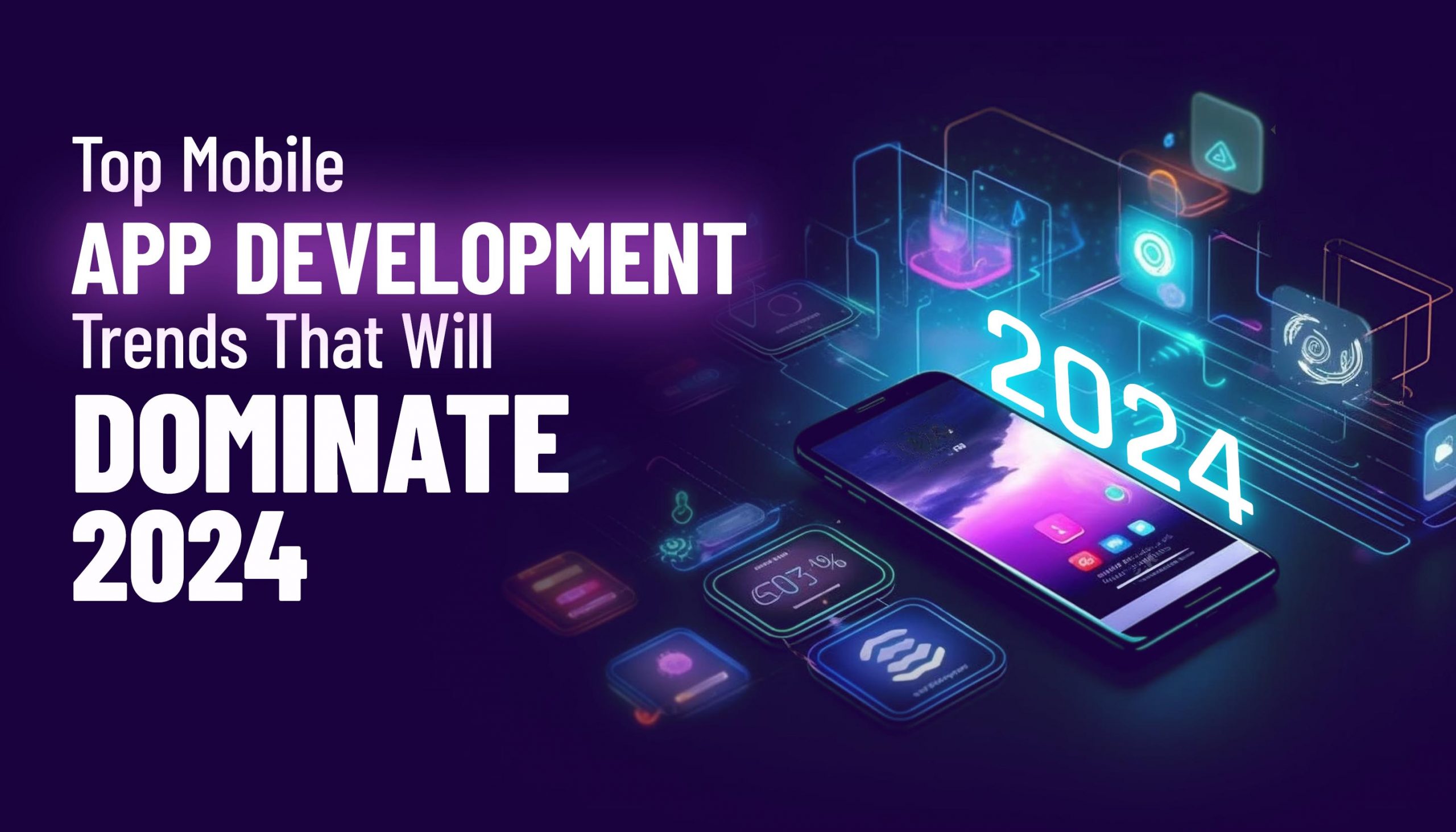


%20Design.webp)


